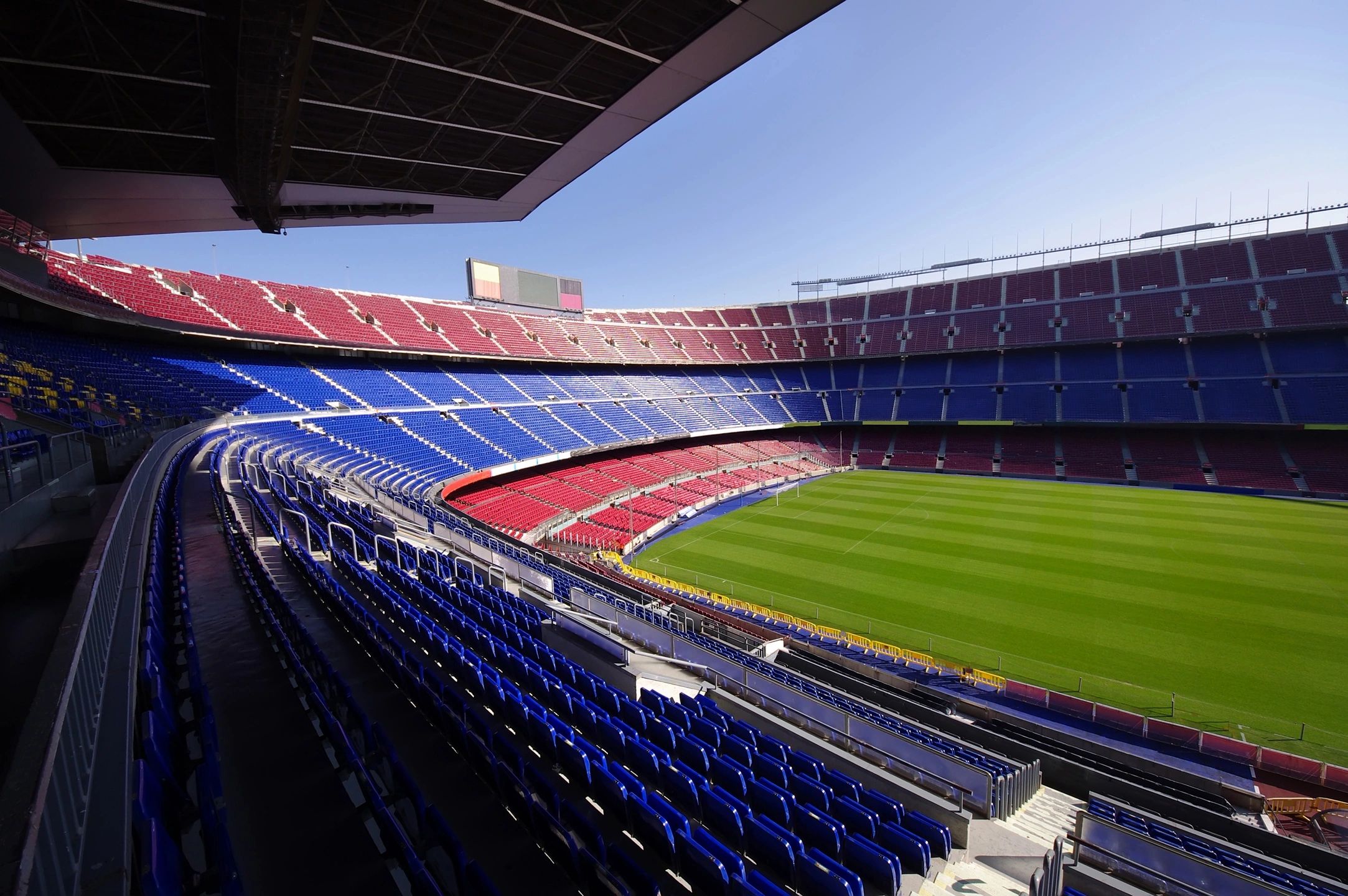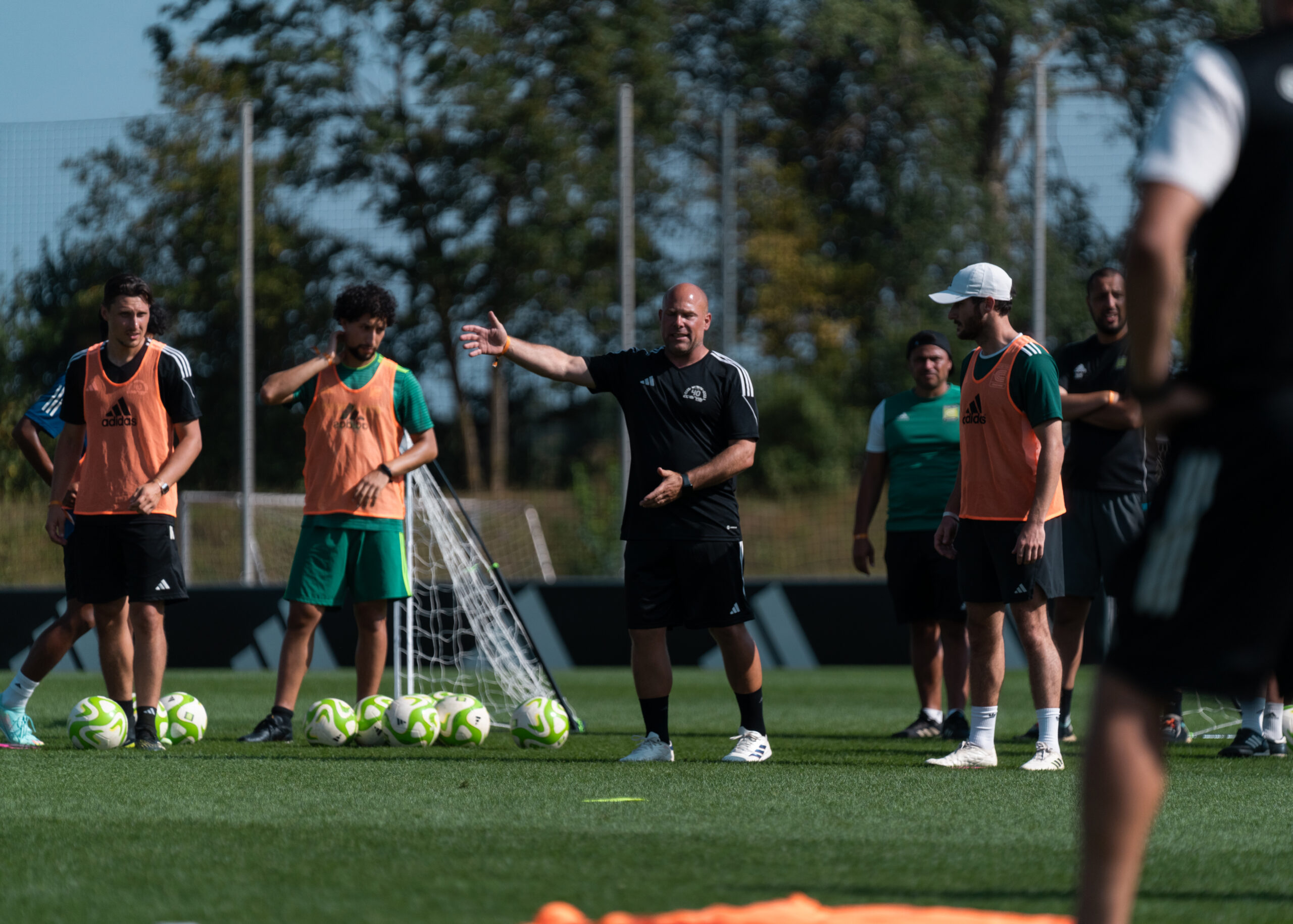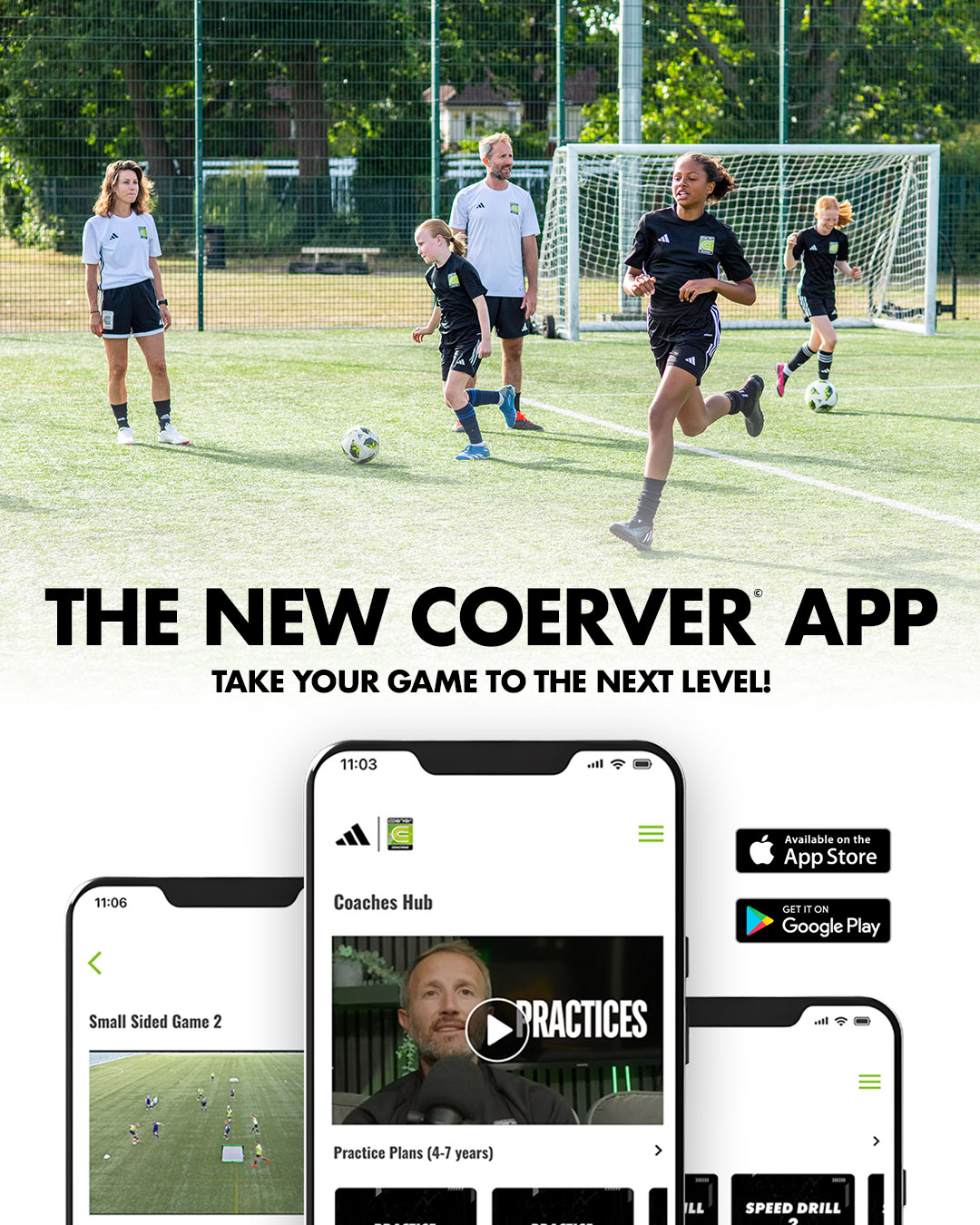Understanding the Operations of U.S. Youth Soccer Leagues: A Deep Dive into the Structure of US Soccer
Youth soccer in the United States, a cornerstone of US soccer development, is a complex ecosystem of leagues, clubs, and competitions designed to nurture young talent. With millions of players participating across various levels, from recreational to elite, the operations of these leagues are critical to fostering skill development, competition, and pathways to higher levels of play. This article explores how U.S. youth soccer leagues are run, highlighting their structure, governance, and operational frameworks, while offering insights for parents, players, and coaches navigating this dynamic landscape.
The U.S. Youth Soccer Landscape: A Brief Overview
U.S. youth soccer is governed by multiple organizations, each overseeing a network of leagues and competitions. The primary bodies include:
- United States Youth Soccer Association (USYS): The largest youth soccer organization, affiliated with the U.S. Soccer Federation (USSF), operating in 54 state associations across four geographic regions (Eastern, Midwest, Southern, Far West). USYS serves over 3 million registered players and focuses on both grassroots and competitive play.
- U.S. Club Soccer: A national organization sanctioning competitive leagues like the National Premier League (NPL) and Elite Clubs National League (ECNL), emphasizing club-based development.
- Major League Soccer’s MLS NEXT: The premier boys’ league, created in 2020 to replace the Development Academy (DA), focusing on elite player development with ties to professional MLS academies.
- Girls Academy (GA): A leading girls’ league, formed to replace the Girls’ Development Academy, focusing on high-level competition and college pathways.
- American Youth Soccer Organization (AYSO): Known for recreational soccer, AYSO emphasizes inclusivity and participation, serving as an entry point for many young players.
These organizations operate distinct leagues, each with unique structures and operational models, catering to different skill levels and aspirations within US soccer.
How U.S. Youth Soccer Leagues Are Structured
Youth soccer leagues in the U.S. are organized in a tiered system, often described as a “pyramid,” though without the promotion/relegation system common in European soccer. The structure can be broken down into three main categories:
1. Recreational Leagues
Purpose: Designed for beginners and casual players, focusing on fun, participation, and basic skill development.
Operations: Run by local clubs or organizations like AYSO, recreational leagues are typically managed at the community level. Volunteer coaches, often parents, lead teams, and games are scheduled locally to minimize travel. Leagues like Coast Soccer League (CSL) emphasize an “open” system, ensuring teams compete at appropriate skill levels.
Example: AYSO operates local leagues with an emphasis on inclusivity, often requiring no tryouts and ensuring every child plays.
2. Travel/Competitive Leagues
Purpose: Cater to players seeking more competitive environments, offering pathways to regional and national competitions.
Operations: These leagues, such as USYS’s National League or EDP Soccer, are organized by conferences or regions, with teams competing in age-specific divisions (e.g., U11 to U19). Clubs must meet specific standards for facilities, coaching, and player development. Scheduling involves regional travel, and postseason play can lead to national championships, like the USYS National Championships presented by New York Life.
Example: The USYS National League operates 13 conferences, with top teams advancing to national events. Teams earn their place through performance, and the league emphasizes player development alongside competition.
3. Elite Leagues
Purpose: Target top-tier talent with aspirations for college soccer, professional play, or national team selection.
Operations: Leagues like MLS NEXT, ECNL, and GA are highly selective, requiring clubs to maintain high standards for coaching, facilities, and player pathways. These leagues operate nationally, with teams traveling for showcases and tournaments (e.g., MLS NEXT Fest, ECNL National Events). MLS NEXT, for instance, has introduced a “quality of play” index to prioritize development over traditional win-loss rankings, using video analysis and data from providers like Taka to evaluate player performance holistically.
Example: ECNL, initially a girls’ league but expanded to boys in 2017, includes 79 clubs and focuses on national competition, with events designed to attract college scouts.
Governance and Operations of Youth Soccer Leagues
Running a youth soccer league involves coordination across multiple stakeholders, including governing bodies, clubs, coaches, referees, and families. Here’s a breakdown of key operational aspects:
1. Governance and Sanctioning
Leagues are sanctioned by national organizations like USYS or U.S. Club Soccer, which set standards for competition, safety, and player development. The USSF oversees these organizations, ensuring alignment with national soccer goals. Clubs must meet criteria, such as maintaining qualified coaches and adequate facilities, to participate in sanctioned leagues. For example, MLS NEXT requires clubs to have ties to professional academies or meet rigorous non-MLS academy standards.
2. Scheduling and Competition Format
Leagues operate on seasonal calendars, typically spanning 10–11 months, with breaks for high school soccer or tournaments. Competitive leagues like USYS National League or ECNL schedule regional matches and national showcases, requiring extensive travel. Formats vary: recreational leagues focus on local games, while elite leagues include playoffs, showcases, and national championships. For instance, the NPL offers showcase events and a playoff system for top teams, while MLS NEXT’s “quality of play” approach tracks player development through video and analytics.
3. Coaching and Player Development
Coaching quality is a priority, with leagues requiring certifications (e.g., USSF coaching licenses) for competitive and elite levels. MLS NEXT and ECNL clubs often employ professional coaches, while recreational leagues rely on volunteers. Player development programs, like USYS’s Olympic Development Program (ODP), identify and nurture talent for national teams. Elite leagues use technology, such as Taka’s video analysis in MLS NEXT, to provide feedback and track progress.
4. Financial and Logistical Operations
Youth soccer operates on a pay-to-play model in most competitive and elite leagues, with costs covering coaching, facilities, travel, and tournament fees. This model has drawn criticism for accessibility, as elite programs can cost thousands annually. Clubs manage logistics, including field rentals, referee payments, and travel coordination. Non-profit clubs, common in USYS and AYSO, reinvest fees into operations, while some for-profit clubs face scrutiny for prioritizing revenue over development.
5. Pathways and Exposure
Leagues are designed to create pathways to higher levels, such as college soccer, professional academies, or national teams. MLS NEXT and GA have strategic partnerships to enhance exposure, such as the GA’s collaboration with MLS NEXT starting in 2025. Showcases and tournaments (e.g., Dallas Cup, ECNL National Events) attract college and professional scouts, providing players with visibility.
Challenges in Running U.S. Youth Soccer Leagues
Despite their structured operations, U.S. youth soccer leagues face challenges:
- Cost and Accessibility: The pay-to-play model limits participation, particularly for elite leagues like MLS NEXT and ECNL, where annual costs can exceed $5,000 per player.
- Fragmentation: Multiple governing bodies (USYS, U.S. Club Soccer, MLS NEXT) create a fragmented system, confusing parents and players navigating the “soccer pyramid.”
- Overemphasis on Competition: Some leagues prioritize wins over development, though initiatives like MLS NEXT’s “quality of play” index aim to shift this focus.
- Scheduling Intensity: Elite leagues often require year-round commitment, with 40–60 games annually, raising concerns about burnout and overuse injuries.
The Future of U.S. Youth Soccer Leagues
The landscape of US soccer is evolving, with leagues adapting to improve player development and accessibility. MLS NEXT’s focus on quality over results, USYS’s expansion of the National League, and partnerships like GA and MLS NEXT signal a push toward innovation. Additionally, calls for reducing costs and standardizing pathways could make the system more inclusive, ensuring that US soccer continues to grow as a global force.
For parents and players, understanding how leagues are run is key to choosing the right fit. Recreational leagues like AYSO offer a low-pressure entry, while competitive and elite leagues like USYS, ECNL, or MLS NEXT provide pathways for ambitious players. By aligning with a league that matches a player’s goals and resources, families can maximize their US soccer experience.
For more information on specific leagues, visit US Youth Soccer, MLS NEXT, or ECNL.















